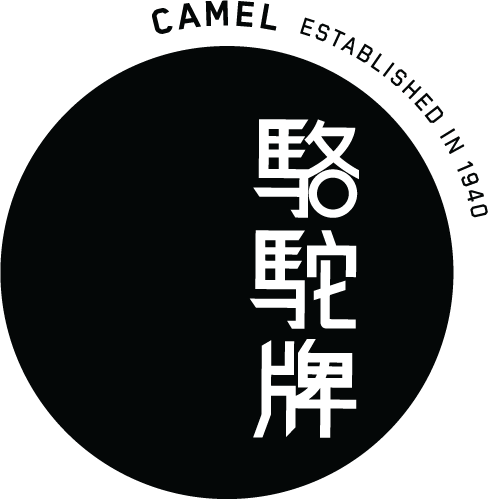Family Resolve, Enduring Craft: The Story of Camel
Share

At daybreak, the tram bell skims past the corner and the factory shutters lift. Workers shoulder their tools and carry lunch tins inside. By noon, a red vacuum flask makes its quiet rounds across the table—pouring not only hot tea, but a steady rhythm of care. Since the mid-twentieth century, that scene has replayed in workshops, offices, and cha chaan tengs across Hong Kong, becoming part of the city’s everyday memory.
The story begins in the 1940s. In a difficult, rebuilding era, Mr. Leung set up a modest vacuum-flask workshop with a plain intention: to meet daily needs for warmth and refreshment with something dependable. As industry gathered pace, Shanghai masters and Hong Kong masters worked side by side on the line. Through a master-apprentice cadence—respecting rules, minding tolerances, training the eye and the hand—their discipline entered the products themselves, turning “built to last” from a slogan into a habit.

Time moved on with the city. Packed lunches, overtime shifts, school sports days, and worksite breaks—through these routines, the 147 model with its distinctive red grooves slipped into family photographs; later, the 222 and 312 models stood their ground at campuses and job sites, faithful to the simple promise of everyday use.

When the third generation took the helm, the task was no longer only output and durability, but how to let the classics live naturally in a changing present—keeping the brand’s backbone while moving in step with the city. In that spirit, Camel established contemporary lines such as Flow 53, Polar 100, Brew 35, and the JOY series, aligning form and atmosphere with today’s habits while holding fast to what has always mattered.
From the Leung family’s first steps to today’s relay, one principle has not shifted: make a seemingly simple object withstand time. When steam rises from a flask on dining tables across different decades, what we see is more than an object. It is the city’s steady grit and order made tangible—and it is the spirit Camel intends to keep, and pass on.
